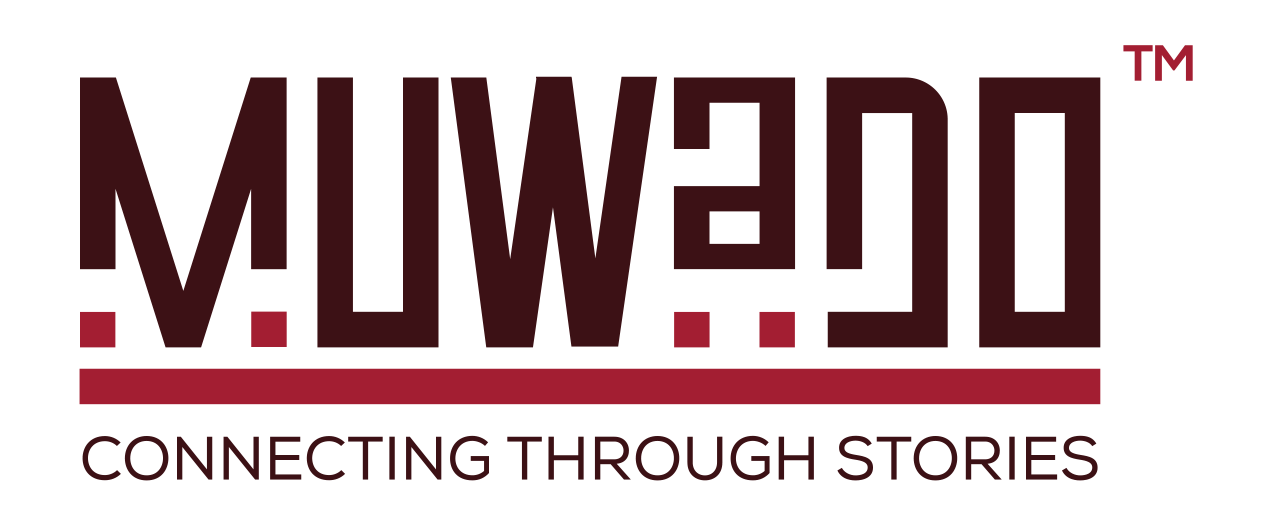In program evaluation, implementation usually refers to the translation of policy either by an organization or company or government into action. Ideal policy formulation and implementation require perfect alignment and the active participation of all relevant stakeholders, such as: leaders, technical experts and professionals, and the targeted communities. However, implementation of policies is rarely fluid. Often, there exists a black box of implementation within which several factors are in play resulting in failure of the implementation of a policy.
Uganda has well-designed policies but some of the worst implementation methods in Africa. There are several crucial factors associated with the failure of implementation in low and middle-income countries (LMICs): communication, resources, disposition/attitudes, and bureaucratic structures. These factors interact in a complex interplay to either hinder or promote the success of policy implementation.
Communication.
Stakeholder engagement and clarity of information passed on from policymakers to implementers are crucial for successful policy implementation. In the event of a top-down approach, it is important to engage several stakeholders to ensure perfect alignment of the stakeholders. Currently, the communication between the policymakers and the implementers does not always go smoothly. For example, the numerous policies sanctioned to control boda-bodas in Kampala have failed.
Resources.
Excellent policies are futile without the resources for implementation. The National Health Insurance Scheme bill was brought before parliament over seven (7) years ago but is yet to be implemented. The implementation was hampered by the shortage of resources for health in Uganda’s health system.
Disposition/Attitudes.
Often there are powerful visible and invisible policy advocates who influence policy. These policy advocates/ entrepreneurs often have the power to make or break successful policy implementation. For example, the failure to organize the management of taxis and boda-bodas in Uganda is a perfect example of the invisible owners impeding policy propositions.
Bureaucratic Structure.
Perfect alignment of communication, resources and attitudes in favor of a policy can be derailed by a poor supportive bureaucratic structure. A lot of organizational fragmentation creates difficulties in streamlining policy implementation. The bureaucratic structures in Uganda are fraught with redundant levels of hierarchy; a problem exemplified by the new business registration process.
Additionally, these structures are vulnerable to corruption; hence, a hierarchical system initially designed to promote accountability is perverted into a scheme for embezzlement.
Corruption is interwoven into most of the crucial factors, affecting efficiency and productivity crucial to the implementation of policies.
Solution: Implementation Evaluation.
Implementation evaluation determines if a program’s activities have been executed as intended. In Uganda, implementation evaluation could be used to:
- Design the programs theoretically and operationally.
- Validate program models and results.
- Generate ongoing information that ensures the successful program execution.
- Improve program operations and logistics.
- Provide quick feedback about the operations and outcomes that dynamically feeds into the evolution of the program.
- Demonstrate the value of implemented programs to funders, donors and the public.
- Identify the favorable conditions for the success of the implementation.
Successful examples of the use of implementation evaluation are:
- nurses in a South African clinic encouraged to buy into task shifting to provide more holistic patient care and increase efficiency in care delivery.
- the successful implementation of several AIDS prevention and service projects via effective usage of process evaluation.
Implementation Evaluation to Improve Communication Barriers.
Implementation evaluation would enable the personnel carrying out the evaluation to ensure the message is clear, concise and unambiguous. This clarity would streamline the process of policy implementation. Furthermore, the implementation evaluators could use a more detailed task-oriented logic model to outline specific tasks, expectations, and the personnel responsible for executing the respective tasks. This level of organization would enable the personnel responsible for executing the program to have a reference point in case they encounter uncertainty about the policymakers’ directives. Implementation evaluation could also outline all the stakeholders pertinent to the policy and ensure they are all adequately engaged.
Implementation Evaluation to Improve the Resource Barriers.
As a program is ongoing, implementation evaluation would enable the policymakers to know whether the available resources, such as manpower, facilities, equipment and so on match the desired outcomes of the policy.
Implementation Evaluation to Improve Dispositions/Attitudes.
An implementation evaluation may not lead to direct change in dispositions or attitudes. However, qualitative interviews with different stakeholders could enable the policymakers learn more about the concerns of the public regarding a policy.
Implementation Evaluation to Improve the Bureaucratic Structure Barriers.
An implementation evaluation could identify the bottlenecks within a highly fragmented system. The identification of these bottlenecks could enable the policy makers adjust accordingly either as the program runs, or in the future.
DISCUSSION.
Implementation evaluation may be difficult to carry out in Uganda because of political pushback, or the reluctance to pay the evaluators and so on. However, a rigorous implementation evaluation would identify these opposing stakeholders, capitalize on community engagement and inform the pertinent authorities.
CONCLUSION.
The complex interplay of poor communication, shortage of resources, negative attitudes/dispositions towards authority and policy, and an archaic bureaucratic structure(s) work to stall or block the implementation of policies. These crucial factors are often exacerbated by the corruption in the systems in Uganda. The deft employment of implementation evaluation, once political feasible, would help the government demystify the black box of implementation and result in the successful implementation of policies in the country.
This post was created with our nice and easy submission form. Create your post!







